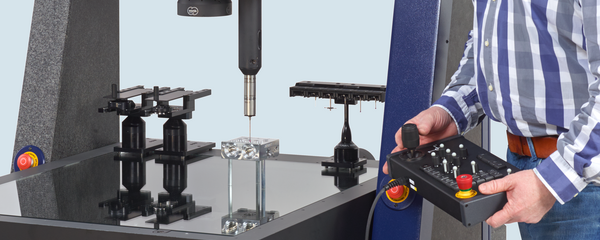X-ray-based computed tomography is often used when quality engineers want to take a non-destructive look inside complex assemblies. Thanks to its high radiation energy, it is also suitable for very dense materials, while at the same time offering very high resolutions. Reason enough to try out the technology on fossilized objects. With success, as a look outside the box proves.
-
Applications
- 3D free-form workpieces
- Extruded workpieces
- Molds
- Semiconductor workpieces
- Lithographic structures
- Metal-plastic composite workpieces
- Prismatic workpieces
- Punched and bent parts
- Packaging
- Shaft-Hub Connections
- Shafts and Axes
- Workpieces with micro-features
- Optics and Lenses
- Tools with precisely defined cutting edges
- Tools with complex or irregular cutting edges
- Gear wheels
- Cylindrical workpieces
- Industries
- Our products
- Werth service
- About Werth
- Careers
- Foundation
- Publications
- Downloads






